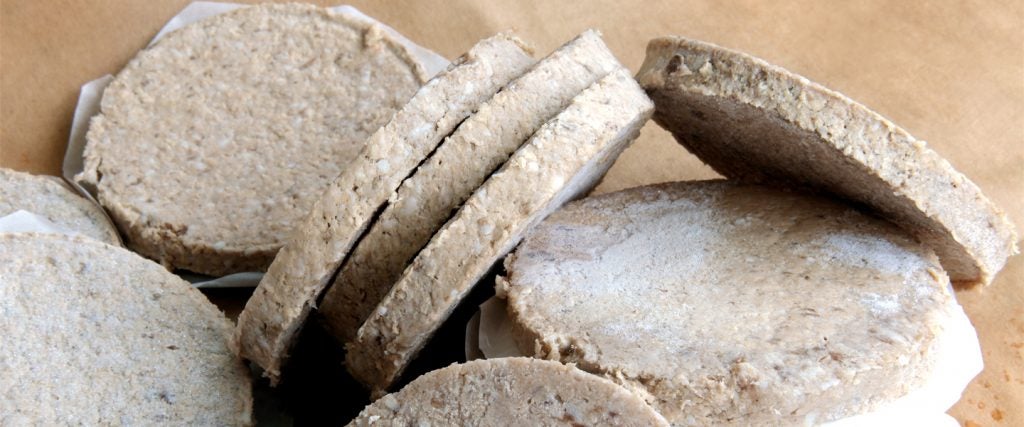In the next few weeks I’m embarking on a bachelor party with a group of friends that will take us away from our pampered urban lives in Chicago and deep into the dark, wooded depths of a state park just outside Santa Claus, Indiana. To that end, rather than hunting or fishing for our food, or even just picking out a few steaks to throw on the grill, I’ve opted to buy a shitload of frozen hamburger patties to provide sustanence while we’re there.
Frozen burgers are cheap and easy to transport, and I’m not exactly trying to make the world’s best burger here — I’m just trying to keep some drunk guys in the woods from starving to death. At the same time, frozen meat can be a bit tricky to cook, and I want to make sure I don’t give everyone food poisoning. So how am I supposed to cook frozen burgers on the grill?
According to grill master Shawn Hill, a 32-year-old in West Virginia who runs TheGrillingDad.com along with a 27,000-member Facebook group dedicated to grilling, there are a few things to keep in mind. First and foremost, Hill says that if you have time, it’s worth it to thaw the frozen patty before throwing it on the grill. “This will make the best possible burger, as it allows you to season the meat like a normal burger,” he explains, “and you will only need to flip it once, rather than multiple times like you do a frozen patty.”
That said, you can definitely put the frozen patty directly onto the grill. Preheat the grill to around 350 degrees to keep the patty from sticking, but not so hot that you char the outside. Doing so might leave you with a blackened, burnt burger patty that’s either undercooked or still frozen inside, which, if your frozen patties aren’t pre-cooked, puts you at risk of biting into raw burger meat.
For that reason, Hill says, “It’s not a bad idea to keep a meat thermometer handy, because you’ll want to make sure the burgers hit an internal temperature of 160 degrees Fahrenheit.”
Pre-cooked or not, throw the patties onto the grill and let them cook for about two minutes. Right now, your aim is to thaw each side long enough to allow seasoning to stick, as dumping salt and pepper onto a frozen patty isn’t going to get you very far. “Unless you like bland burgers, add some seasonings after each side has been on the grill,” Hill advises. “Salt and pepper works just fine if I’m in a hurry and adding other toppings or condiments later, but if I’m cooking for others as well, you can’t go wrong with salt, pepper, garlic powder, onion powder and paprika, too.”
After both sides have been seasoned, flip once more and cook each side for about four minutes. Once you see juices rise to the top of the patty, it’s time to flip once more. “What you’re looking for is the side of the burger that’s down to start to brown up and sizzle — that means it’s cooking,” Hill tells me. “We flip often with a frozen patty so that the burger will cook evenly, and not just char the outside while leaving the inside frozen or raw.”
Remember, these were frozen patties, so they will take longer to cook than regular burgers. Thus, keep flipping your burgers every three to five minutes, for around 15 to 20 minutes total. Upon your final flip, quickly brush some sauce onto each side — ketchup, barbeque sauce, anything you have on hand will work — to give the patty some more flavor and moisture before it’s ready to eat. Then, if you want cheeseburgers, allow cheese to melt atop the patties for a minute or two, and place your buns on the grill if you want to get real fancy.
If you don’t have a meat thermometer, you can always cut a patty in half to make sure it’s cooked through. Once you’re sure you’re not going to inadvertently serve everyone steak tartare, dish out the burgers and pretend you knew what you were doing all along.

